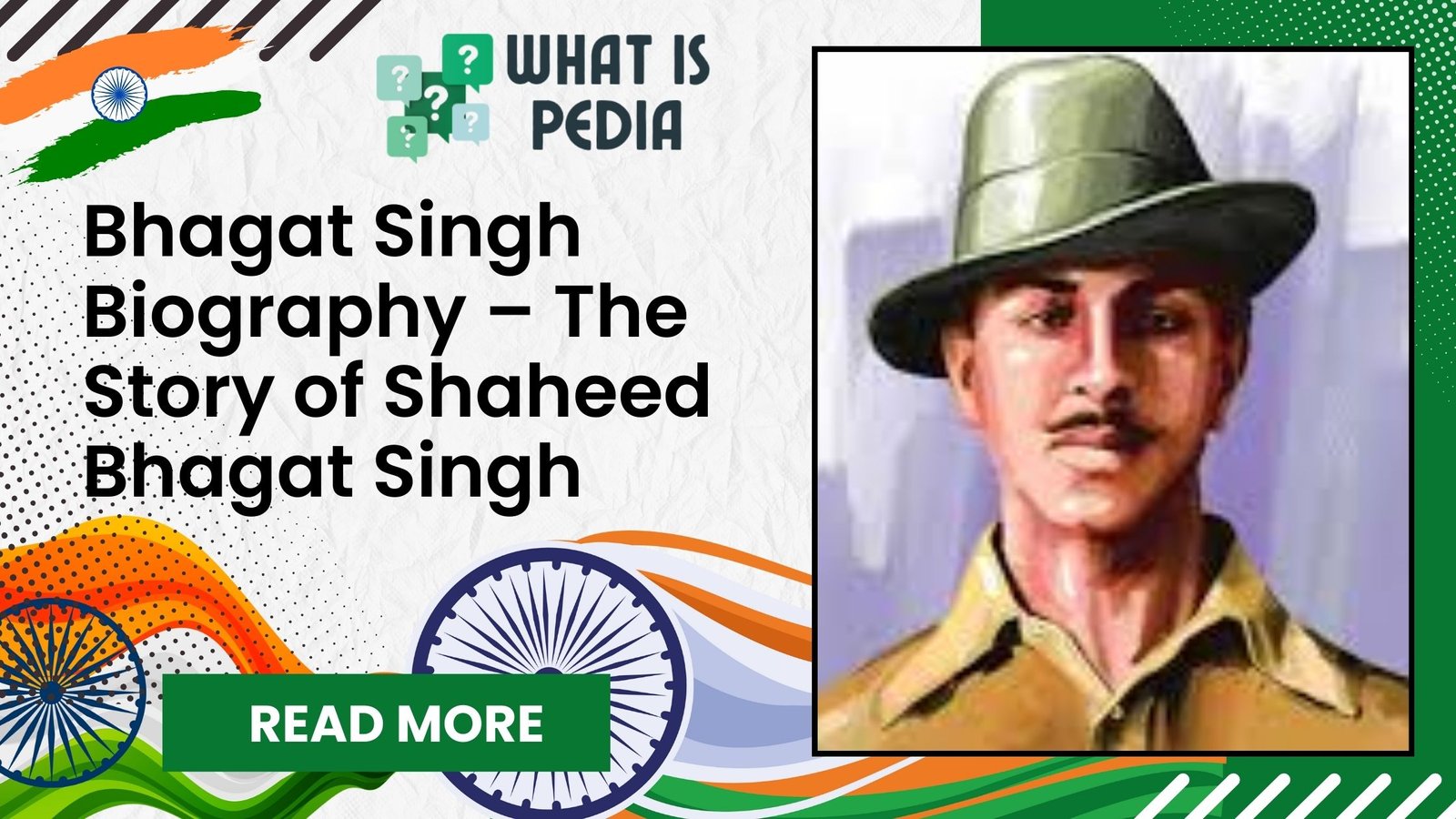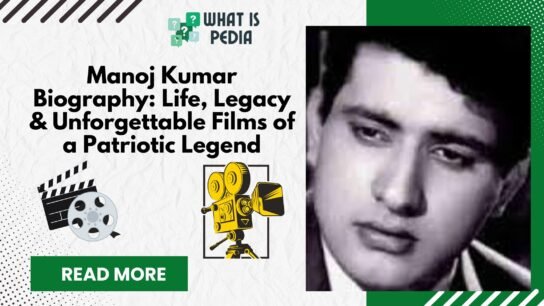1. Introduction
Bhagat Singh was one of the most influential revolutionaries of India’s freedom struggle. Born in a politically active family, he developed nationalist ideals from a young age. He became a symbol of courage, sacrifice, and patriotism, inspiring generations to fight against oppression. His radical methods, though controversial, played a significant role in awakening nationalistic fervor among Indians.
2. Early Life of Bhagat Singh
Born on September 28, 1907, in Banga, Punjab, Bhagat Singh belonged to a Sikh family with a history of participation in the independence movement. His father, Kishan Singh, and uncles were freedom fighters. Young Bhagat Singh was deeply influenced by the Jallianwala Bagh massacre of 1919, which strengthened his resolve to fight for India’s independence.
From an early age, Bhagat Singh showed signs of patriotism. While children of his age played with toys, he collected newspapers and books on revolutionaries. He was deeply moved by the sacrifices made by Indian revolutionaries and was determined to dedicate his life to the country’s freedom.
3. Influence and Revolutionary Ideals
As Bhagat Singh grew up, he read extensively about revolutionaries like Kartar Singh Sarabha and Lenin. His interest in socialism and anarchist ideologies played a crucial role in shaping his revolutionary mindset. Unlike many leaders of his time, Bhagat Singh believed in direct action against British rule rather than following non-violent resistance.
The Jallianwala Bagh massacre was a turning point in his life. Seeing thousands of unarmed Indians brutally killed by the British deeply disturbed him. He started believing that peaceful protests alone could not achieve independence, and a revolution was necessary to overthrow British rule.
4. Formation of Hindustan Socialist Republican Association (HSRA)
Determined to overthrow British rule, Bhagat Singh joined the Hindustan Socialist Republican Association (HSRA), a revolutionary organization dedicated to fighting colonial oppression. He played a key role in planning operations and spreading awareness about the need for an armed struggle. The HSRA believed in socialism and aimed to establish a society free from exploitation.
Under his leadership, HSRA carried out several activities to challenge British rule, including publishing anti-British pamphlets and engaging in revolutionary actions against colonial authorities.
5. Lala Lajpat Rai’s Death and Revenge
The Simon Commission‘s visit to India in 1928 led to massive protests, including one led by Lala Lajpat Rai. The British police brutally lathi-charged the protestors, causing fatal injuries to Lala Lajpat Rai. Outraged, Bhagat Singh and his associates plotted to assassinate James Scott, the officer responsible. However, due to mistaken identity, they killed J.P. Saunders instead.
For more on Lala Lajpat Rai, read Lala Lajpat Rai Biography.
6. Bhagat Singh’s Role in the Central Assembly Bombing
In 1929, Bhagat Singh and Batukeshwar Dutt threw bombs in the Central Legislative Assembly to protest against oppressive laws. The bombs were non-lethal, intended to make noise rather than cause harm. After the explosion, they shouted “Inquilab Zindabad” and surrendered voluntarily, making a powerful statement against British rule.
7. Arrest and Trial of Bhagat Singh
Following the bombing, Bhagat Singh was arrested and charged with sedition. During the trial, he used the courtroom as a platform to voice his revolutionary ideas. His fearless statements and strong arguments turned him into a national hero. Despite protests and petitions for clemency, he was sentenced to death.
8. Bhagat Singh’s Writings and Ideology
While in prison, Bhagat Singh wrote extensively on revolution, socialism, and independence. His famous essay, “Why I Am an Atheist,” remains widely read today. He rejected religious and caste-based divisions, advocating for a united and secular India.
He was also inspired by Karl Marx and Friedrich Engels, believing that true independence could only be achieved through a socialist revolution that uplifted the working class and eradicated inequality.
9. Shaheed Bhagat Singh’s Martyrdom
On March 23, 1931, Bhagat Singh, along with Rajguru and Sukhdev, was executed in Lahore Central Jail. His last words were, “Down with British imperialism!” His execution sparked widespread protests and further ignited the fight for freedom.
10. Legacy and Impact on India’s Freedom Struggle
Even after his death, Bhagat Singh remains a powerful symbol of resistance. His ideas influenced later movements, and many political leaders have drawn inspiration from his fearless patriotism. Today, monuments, universities, and roads are named after Shaheed Bhagat Singh in honor of his sacrifice.
His legacy is not limited to India alone; freedom fighters across the world admire his revolutionary spirit. His vision for a just and equal society remains relevant even today.
11. Bhagat Singh in Popular Culture
Several movies, books, and plays have been made about Bhagat Singh. Films like “The Legend of Bhagat Singh” and “Shaheed” have portrayed his life and struggles. His revolutionary image continues to inspire generations.
Many songs and poems have been written about him, keeping his legacy alive in the hearts of millions.
12. Lesser-Known Facts About Bhagat Singh
- Bhagat Singh was fluent in multiple languages, including Punjabi, Hindi, English, and Urdu.
- He was an avid reader and admired Russian revolutionary literature.
- Contrary to popular belief, he did not believe in violence for personal revenge but saw it as a necessary tool against oppression.
- While in jail, he went on a hunger strike for 116 days to demand better treatment for Indian prisoners.
13. Conclusion
Bhagat Singh was not just a revolutionary but a visionary thinker who dreamt of a free and just India. His ideals of socialism, secularism, and nationalism continue to inspire. His sacrifice reminds us of the price of freedom and the courage required to stand against injustice.
For more inspiring biographies, read: Biography of Pandit Jawaharlal Nehru.







